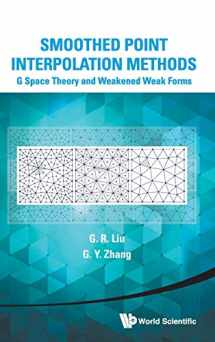
SMOOTHED POINT INTERPOLATION METHODS: G SPACE THEORY AND WEAKENED WEAK FORMS
Book details
Summary
Description
Based on the widely used finite element method (FEM) and the latest Meshfree methods, a next generation of numerical method called Smoothed Point Interpolation Method (S-PIM) has been recently developed. The S-PIM is an innovative and effective combination of the FEM and the meshfree methods, and enables automation in computation, modeling and simulations -- one of the most important features of the next generation methods. This important book describes the various S-PIM models in a systematic, concise and easy-to-understand manner. The underlying principles for the next generation of computational methods, G space theory, novel weakened weak (W2) formulations, techniques for shape functions, formulation procedures, and implementation strategies are presented in detail. Numerous examples are provided to demonstrate the efficiency and accuracy of the S-PIM solutions in comparison with the FEM and other existing methods. Effective techniques to compute solution bounds employing both S-PIM and FEM are highlighted to obtain certified solutions with both upper and lower bounds.The book also presents a systematically way to conduct adaptive analysis for solutions of desired accuracy using these bound properties, which is another key feature of the next generation of computational methods. This will benefit researchers, engineers and students who are venturing into new areas of research and computer code development.


We would LOVE it if you could help us and other readers by reviewing the book
Book review



